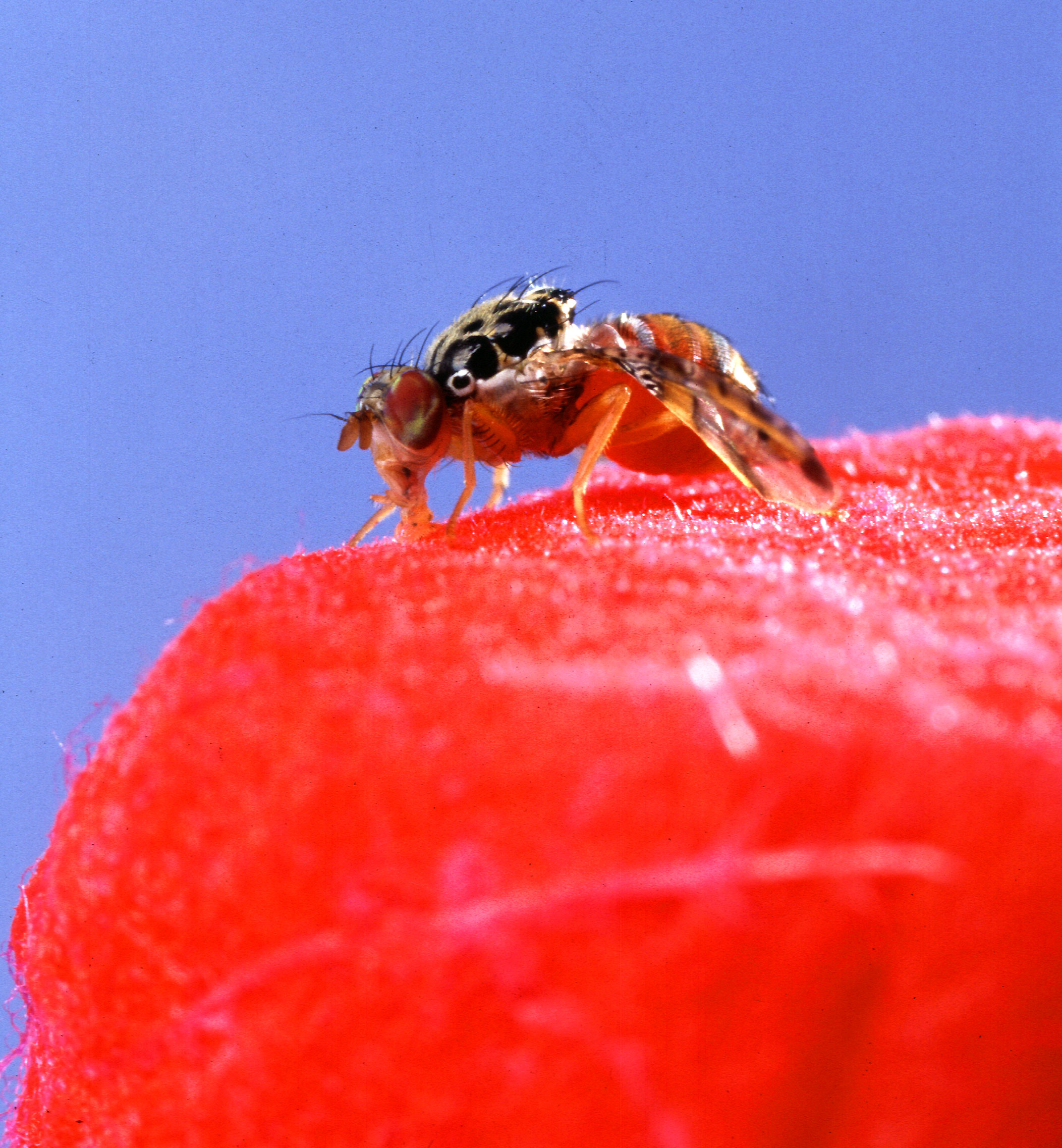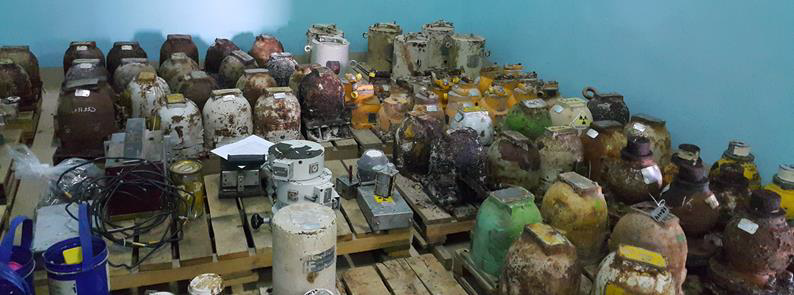
On 29 May 2024, the VCDNP held a side event, "The Future of Food: Globalising Access to Innovative Technologies," at the IAEA International Symposium on Food Safety and Control. A panel of experts discussed the support provided by IAEA collaborating centres to IAEA Member States in applying radiation for food safety and food security. The panel also considered the potential of machine-based radiation to improve access for developing countries to the benefits of radiation and to ensure the long-term viability of plant and food irradiation.

Moderated by VCDNP Senior Research Associate Ingrid Kirsten, the panel of speakers included:
Prof. Pillai explained the approach of Texas A&M’s National Center for Electron Beam Research to harnessing eBeam technologies for “cleaning, healing, feeding, and shaping the world and beyond.” The Center promotes the adoption and adaptation of eBeam and xRay technologies in developing countries to spur agricultural and economic development and support research and development. Prof. Pillai emphasised that these technologies cannot be simply parachuted into a country; an ecosystem must be developed to support them indigenously. Following a VCDNP case study and the webinar on using radiation to climate and pest proof seeds, where they met, Dr. Pillai and Dr Azad (BINA) are collaborating on financial and technical feasibility studies for the adoption of eBeam and xRay technologies in Bangladesh.

Dr. Azad provided an overview of the history and advantages of crop mutation breeding, explaining that it accelerates the development of new crop varieties, increases genetic variation and biodiversity, and effectively enhances the genetic improvement of vegetatively propagated crops. BINA has successfully developed new varieties of rice and other staple crops, significantly increasing food security in Bangladesh. These varieties have largely been produced using gamma irradiation. However, Cobalt-60 sources are becoming increasingly difficult and expensive to obtain. He advocated for increased accessibility to eBeam technology to ensure that Bangladesh and other developing countries can continue to benefit from plant mutation breeding.

The Research Laboratories in Sciences Applied to Food at the Canadian Irradiation Center develop, demonstrate, and promote radiation processing technology and its diverse applications. The Center contributes to over 34 international projects with 11 countries, has trained 34 researchers from 19 countries in collaboration with the IAEA, and hosts numerous doctoral and postdoctoral fellows from around the world. One of the groundbreaking applications it is developing is biodegradable food packaging. Its latest efforts also include new methods for eliminating salmonella in food products.

Dr. Gryczka explained the work of the Polish Institute of Nuclear Chemistry and Technology, highlighting the benefits of using eBeam accelerators for food processing and sterilisation, and detailed the research conducted by the institute. She noted that in Europe, only 5 out of 24 facilities approved for food irradiation are equipped with eBeam technology and argued for increased use of these technologies to expand the access and impact of radiation for food safety in Europe. She encouraged learning from those with the greatest experience and explained that the Institute offers services such as joint research projects, training, and infrastructure access. Outside researchers can test their theories using the Institute’s infrastructure, even if they do not have the necessary equipment.

The event concluded with a discussion involving panelists and participants on the future of eBeam technology versus gamma irradiation for food safety and food security. A compelling argument for using machine mased/electricity-generated radiation over gamma irradiation is the elimination of security risks associated with radioactive sources. However, consideration must be given to the infrastructure available in a country to ensure the viability of eBeam facilities. There is now a better understanding of what is required in this regard, and the IAEA, its collaborating centers, and technology providers have an important role to play in supporting these efforts, particularly in developing countries. The presenters agreed that it would take time and effort for eBeam technology to become more widespread. Gamma irradiation will continue to coexist with eBeam technology until the latter can be used effectively in all countries and for all applications.


